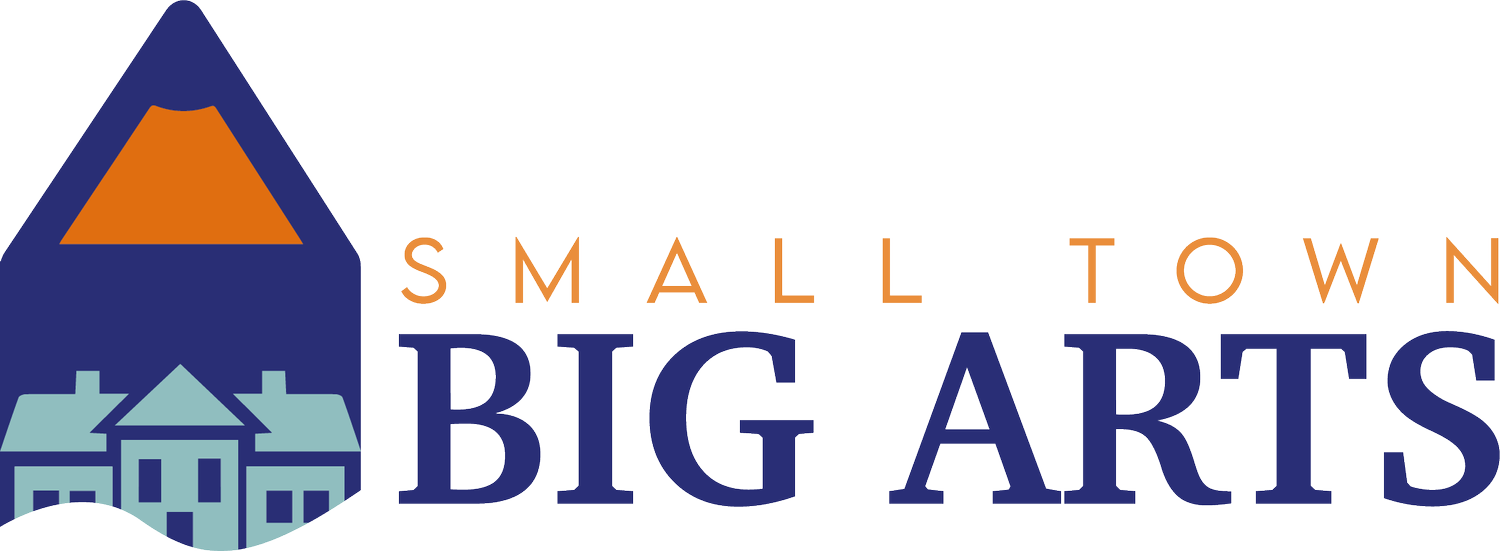Sitka Fine Arts Camp: Sitka, AK (pop. 8,500)
The Sitka Fine Arts Camp was founded in 1973 to provide isolated Alaskan communities with little or no youth arts programs exposure and training in the arts. Because of remoteness and low population density, Alaskan youth are at a severe disadvantage in access to high quality arts. For the majority of their students, SFAC continues to be the only opportunity they have in the State to work with and learn from professional artists. Building from its original mission, SFAC has become a nationally acclaimed program. They serve approximately 1,000 students annually from Alaska and throughout the world.
In 2011, SFAC was gifted the historic Sheldon Jackson College Campus. This college campus had been closed for four years and was in a state of complete disrepair. SFAC has since overseen one of the most extraordinary grassroots volunteer stories in our country: the revitalization of this National Historic Landmark. Between 2011 and 2015 one thousand volunteers (one ninth of Sitka’s population) logged over 45,000 volunteer hours rebuilding the campus, demonstrating unprecedented community support and giving the Sitka Fine Arts Camp a permanent home. Strong volunteerism and donor support continue, demonstrating the value that Sitka Fine Arts Camp holds for their state.
We have a lot to learn from Sitka Fine Arts Camp and their leader, Roger Schmidt (listen our interview with Roger, Episode 3 of our podcast series). The first is the importance of the value an organization provides its community. The second is a lesson in community buy in and how to galvanize a community around a cause.
Value:
What Sitka Fine Arts Camp has done so well is to constantly evaluate the value they provide their community because without that value they don’t survive. Their mission and their services must mean something significant to those they serve. They do this by truly being responsive to their students and constituents as opposed to simply providing what they think is valuable. Now, sometimes the value the institution understands and the value the students and constituents understand line up but SFAC has always evolved with what the community and the market tells them. If classes or performances they present are not engaged with, they discontinue or change their approach. They don’t blame the community for not engaging nor do they solely blame their marketing efforts.
They have also, existing in a very small community, looked to where their value extends beyond their town border. They have found a space where they are serving state wide needs and not just Sitka needs. Because of the remote nature of much of Alaska, the ability to engage in the arts as a youth is limited. They can fulfill a need the entire state has by providing arts access to all Alaskan youth and this positions them well for geographically wide engagement in tuition based programs and also propels their charitable giving, which comes from the entire state and not just the town of Sitka.
Galvanization:
The story of Sitka’s home on the former Sheldon Jackson College campus is a story in three parts. 1. How the arts can address community decline, represented in abandoned spaces. 2. Organizational growth in small communities (and perhaps in any community) can benefit from slow and deliberate growth. 3. Having something the community can constantly be directly involved in (in this case, renovating and restoring campus buildings) is extremely beneficial for engagement, support, and longevity.
In my podcast interview with Roger (Episode 3), Roger talks about how big structures tide to institutions like Sheldon Jackson College become a symbol for communities. They tell a story. Is this community thriving or declining? When the college closed and the campus was boarded up and regular maintenance stopped, the campus became a symbol of town decline. It was an arts organization that came in and changed that narrative. Through the arts, this community symbol illustrates to the rest of the world, a thriving community and not a declining one.
Roger also talks about his determination to avoid debt as they took on the responsibility of renovating their new campus home. Because of this, the organization took on the renovation one plywood piece, one window pain, and one building at a time. The organization had time to keep pace as they scaled up their operations and services.
Finally, Roger jokingly said that in some ways the renovation of buildings have become their mission. Obviously their mission is to serve Alaskan youth through the arts, but there is a lesson to be learned in creating direct community involvement in tangible projects to keep a community engaged, involved and supportive. Taking on the restoration of an abandon college campus, a historic landmark and town symbol, has been a tool for community involvement, understanding, and connectivity. Volunteers continue to give their time to restoration, repairs, and grounds upkeep. This is extraordinarily powerful.
To learn more about Sitka Fine Arts Camp, visit their website at:
https://www.fineartscamp.org/

